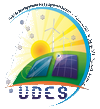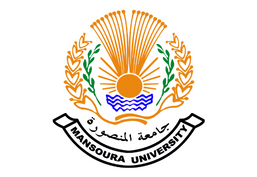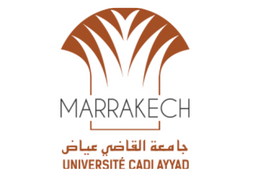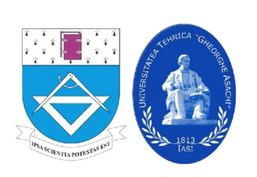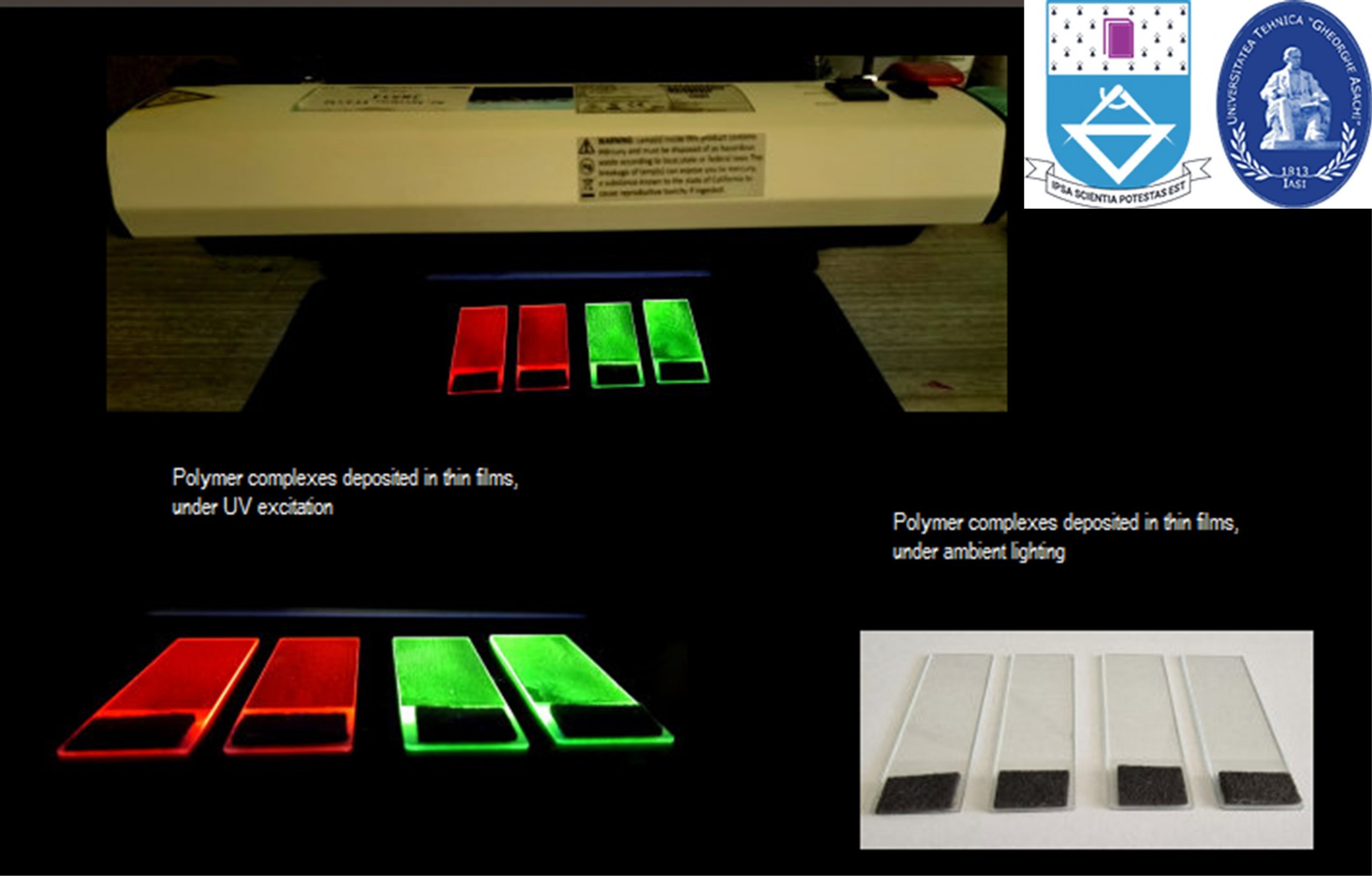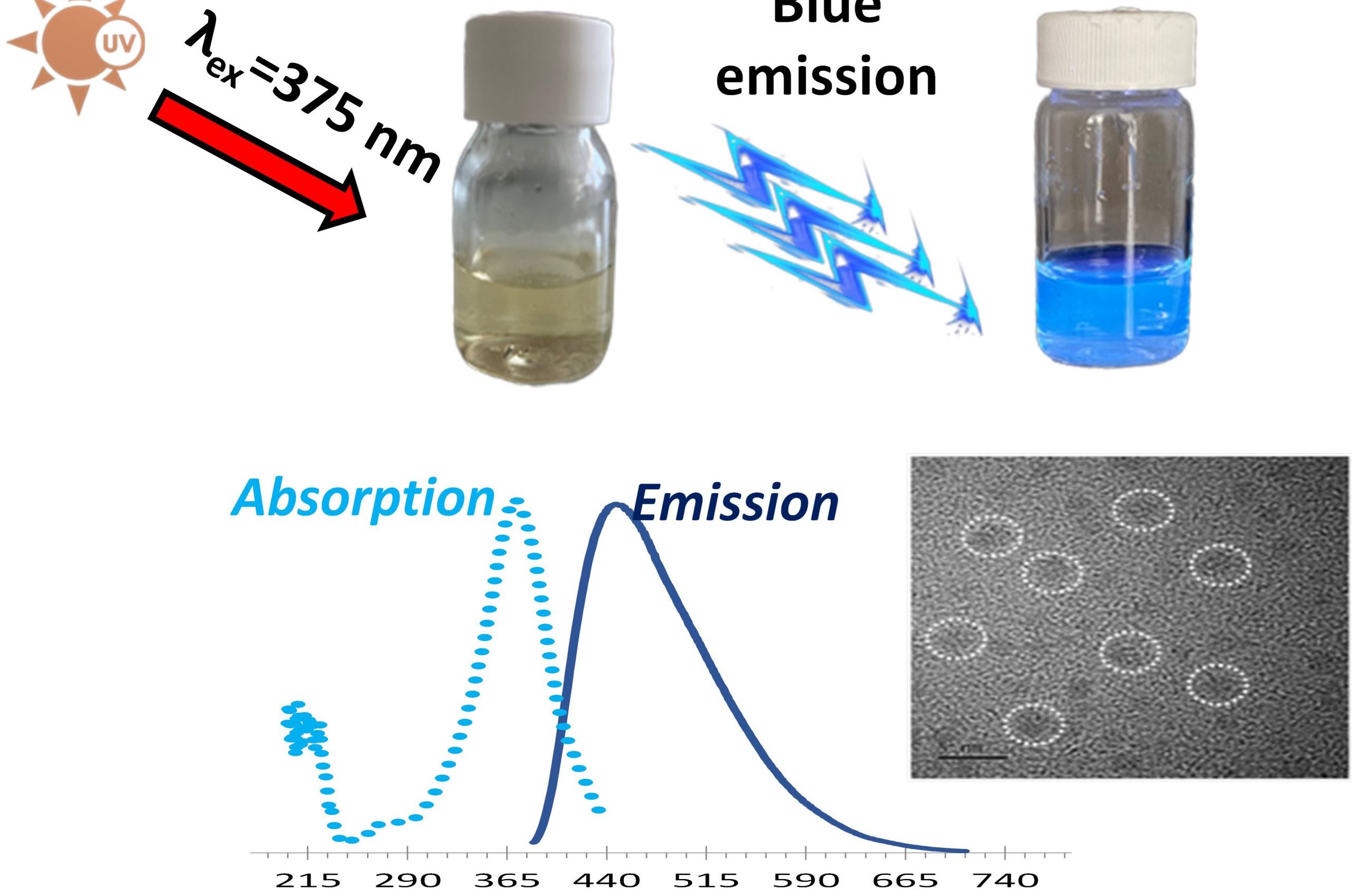NANOSOLARCELLS proposes to develop a sus...
Continue →Partners
Project coordinator: Conchi Ania, CNRS-CEMHTI, France
Main topic addressed: New, more efficient PV cells and components
Project partners:
- Unité de Développement des Equipements Solaires – UDES (Algeria)
- Mansoura University (Egypt)
- CNRS-CEMHTI (France)
- Cadi Ayyad University (Morocco)
- Gheorghe Asachi Technical University of Iaşi (Romania).
Aim of NANOSOLARCELLS
NANOSOLARCELLS seeks to increase the conversion efficiency of conventional photovoltaic solar cells by incorporating photonic up-conversion layers based on photo emissive nanostructure materials.
Background
Current solar cells are sensitive to photons located in the lower region of the solar spectrum, that is to say visible light, while incident UV photons are unused in photovoltaic processes. Using photonic layers allows a better exploitation of the UV radiation contained in the solar spectrum: upon incorporation of the photonic conversion layer to the electrodes of common photovoltaic devices, an overall conversion efficiency increase between 2-3% is expected.
The challenge is to integrate these up conversion layers in existing solar cells, optimizing the parameters of sustainability, effectiveness, and performance in aggressive environments (e g stress imposed by high UV radiation, high temperature, atmospheric pollutants, rain, dust, wind, etc.)
About the project
The approach taken by the project consists of the incorporation of photonic conversion layers based on photo emissive carbon nanostructures and polymer complexes that are capable of harnessing such UV fraction of sunlight and can be easily implemented on existing PV cells. The materials used can also be manufactured using low-cost procedures and local resources, thus boosting large-scale implementation.
The aging mechanisms as a function of exposure to UV radiation, and as a function of the number of cycles of exposure to different temperatures will be investigated in terms of the impact on the overall photovoltaic conversion. The materials will be tested for durability in aggressive environmental conditions (e.g., dust, high level of irradiation) in several African countries.
Overall, the project also aims to develop and demonstrate a sustainable AU-EU ecosystem for energy system modeling based on open source software and freely available data.
Expected results
Expected results include:
- To construct a prototype of hybrid solar cells for long term operation and validation of the approach
- To achieve at least 3% increased efficiency of the hybrid solar cells
- To achieve at least 10 % increased lifetime
- To achieve al least 5 % reduced cost of solar energy or solar module
- To improve the stability of the cells in outdoor conditions and harsh environments compared to conventional cells
- To contribute to train young researchers in a multidisciplinary environment (joint PhD thesis; exchange of masters & postgraduates)

